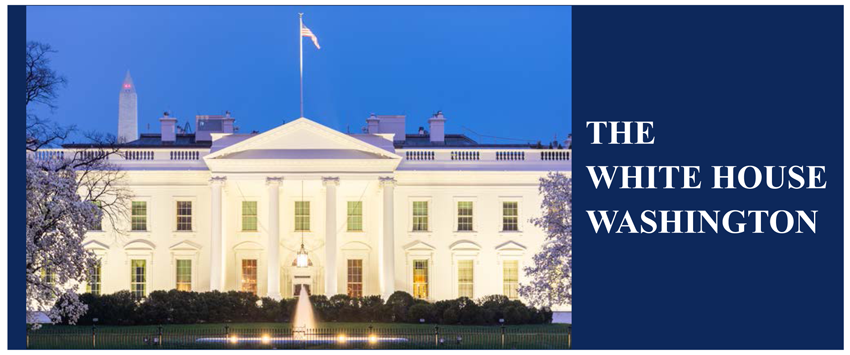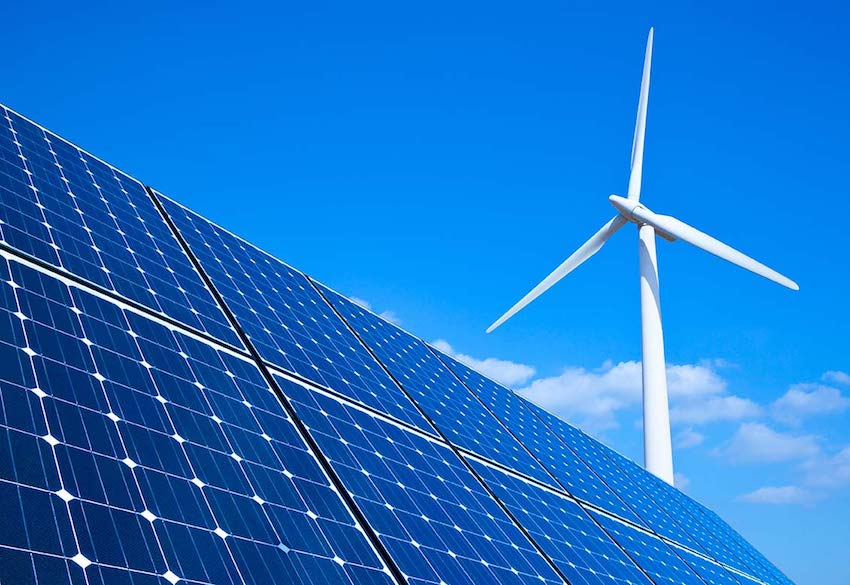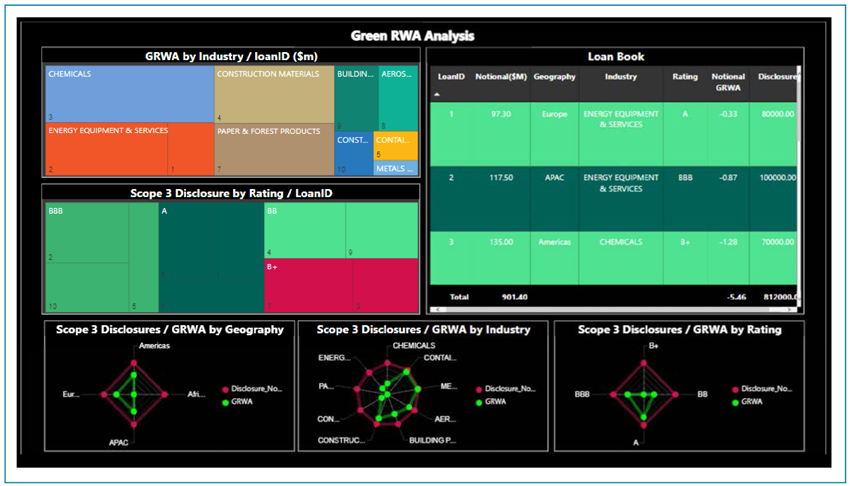The US recently signed into law, a landmark climate bill that has revived the feasibility of the 2-degree/net zero targets of the Paris 2016 COP. Banks should pay particular heed!
Its economic legislation…
Officially called the ‘Inflation Reduction Act’, the recent legislation effectively puts the US economy on a determinedly greener path, aiming at reducing US greenhouse gas (GHG) emissions to 42% of their 2005 levels. This is a reduction that would simultaneously represent a cut of 2.5% of total current global amount. This underlines just how important a significant move by the world’s largest economy is to the overall climate program.
The US had made a ‘Nationally Determined Contributions’ (NDC) at the ‘Conference of Parties’ (COPs), in Paris, in 2015, under Obama. After the Trump administration left the Paris Agreement, President Biden rejoined, upon taking office, and strengthened the original commitment to:
- Achieving a minimum 50% cut in GHC emissions by 2030
- Net zero by 2050
The importance of the NDCs was, in part, the fact that they reflected a global ambition to hold global warming levels to 2 degrees above ‘pre-industrial’ levels. This limit is widely viewed as one that avoids the most extreme effects of climate change. This aim, though, was also looking increasingly fanciful with:
- 2017 seeing the average surface temperature already 1% above ‘pre-industrial’ levels
- Average temperatures rising at around 0.2 degrees per decade
- Agreement on ‘carbon budget spend’ between developed and developing economies stalling
- The US making no federal laws to support its own NDC
This began to change with the Biden administration joining the ‘Global Methane Pledge’ and unveiling the ‘U.S. Methane Emissions Reduction Action Plan’ in November 2021. This was framed in terms of an economic boost, rather than simply a climate measure, and this is how the most recent bill has also been presented.

Whitehouse statement on the Inflation Reduction Act
But is it a climate bill?…
While not exclusively dealing with climate-related issues, the new Act does go some way to reorient the US economic direction towards sustainability and a net zero future. Climate-related pieces of the Act include:
- Methane reduction, impacting
- Agriculture
- Industry
- Electric vehicle subsidies and support, including
- Direct support for the emergent industry
- Support for US-based mining for battery materials
- Clean energy, including
- Solar energy subsidies
- Increased support for wind farms
- Investment in nuclear energy

There is little in the Act regarding the wider electrification of the energy grid, and there is explicit support for oil and as exploration. These notwithstanding, the direction of travel for the economy is clearly towards sustainability, presented as increased energy security for the country and households.
The Act will move the market…
Explicitly mentioned within the bill itself are tax support for heat pumps, water heaters, and home solar panels. The aim is obviously to push market forces towards a greener economy.
There are also provisions for increasing the value of new technologies around Carbon Capture and Sequester (CCS), with increased rates paid for carbon that is captured and re-used within industrial processes. It is worth noting that as global schemes come together, the arbitrage between regimes around carbon pricing will become a major indicator of progress towards the future that 196 governments have signed up to.
What the act means for the rest of the world…
Outside of the US bill, the EU has been forging ahead with legal provisions for its ‘Green Deal’, including ‘Border Carbon Adjustments’ (BCAs) [discussed in a previous piece]. Even so, without explicit support of the largest economy in the world, these measures are unlikely to change the ‘laissez faire’ attitude towards climate change that characterizes non-COP government announcements globally.
The ‘Inflation Reduction Act’ changes the game in terms of where the world heads next, economically. By not only signaling intent, but encoding into law, an ambition to meet its Paris commitments, the US has effectively re-lit the beacon that 2 degrees is still possible. Economies around the globe are likely to significantly increase their ambition towards this same endpoint. Taken in the round, this means that businesses have to be prepared to invest in the technologies and changes required to meet net zero by 2050.
Banks should take stock now…
Banks lend to economies based on certain expectations of how governments will support and finance those economies. When a shift in paradigm occurs, the credit pricing basis on which loans are made, from subsidies to consumer behavior change with them. The move from a predominantly ‘brown’ economy to a ‘green’ one is just such a shift.
It is now most likely that transitional measures, to move from where we are to a more sustainable future, will be mostly back in line with the 2-degree commitment made in Paris in 2015. This means that three are three main scenarios to run against balance sheets to assess the increasing credit risk from the changing environment, which are:
- Current Policies – The rules and regulations already in place in each country
- 2-degree limit – Current and future changes needed to limit global warming to 2 degrees above pre-industrial levels
- Delayed action 2-degree limit – Aiming for the same end result, but with policies put in place later than expected
These climate pathways are available from the International Energy Agency (IEA) and the Intergovernmental Panel on Climate Change (IPCC), with the estimated costs being available from the Network for Greening the Financial System (NGFS). Taken together, banks ought to be able to look at the total costs and disaggregate these into impacted industries and firms. Furthermore, given that the needs per industry are reasonably well understood, they should be capable of seeing those borrowers who have already taken steps to avoid heavy costs by investing early in green technology, and rewarding them with commensurately lower borrowing rates.
As the costs of the full transition are expected to be in tens of trillions, finding and rewarding companies that are on the right side of history needs to become an imperative for banks that want to be part of the funding of a future global economy.
GreenCap can help…
GreenCap is a ‘Risk as a Service’ (RaaS) solution that allows banks to quantify the increased credit risks and costs associated with various climate pathways. Every loan can be assessed against each potential outcome, as it is built to take into account policies at local, regional, and global levels, provided there are:
- Increases in unexpected losse
- Increases in expected losses
- Implied increases in default probabilities
- Implied increases in basis point spreads per loan


